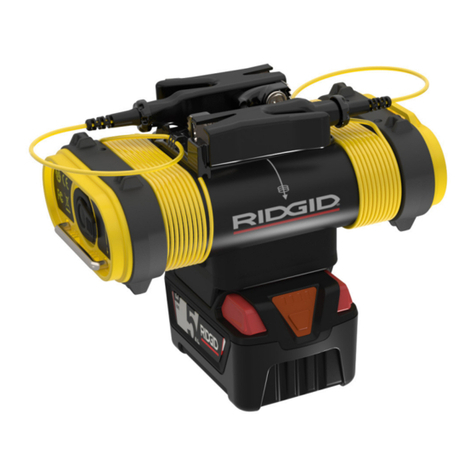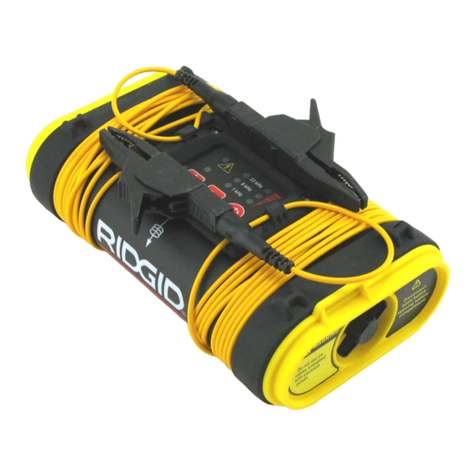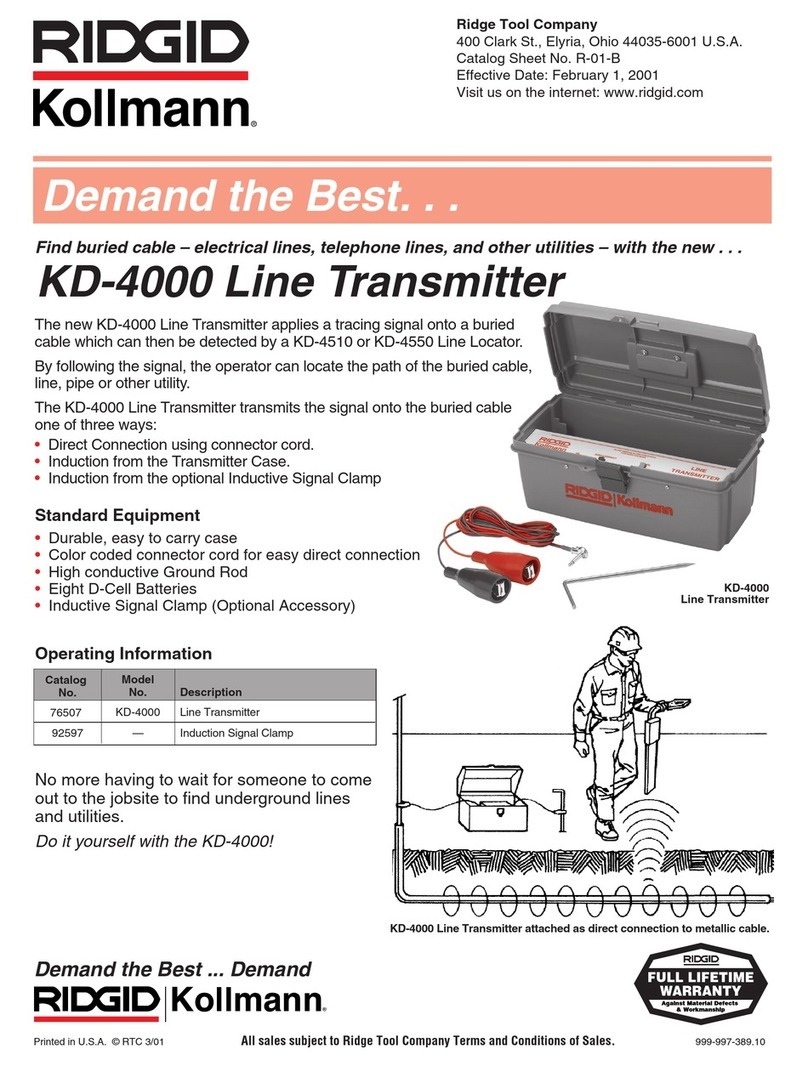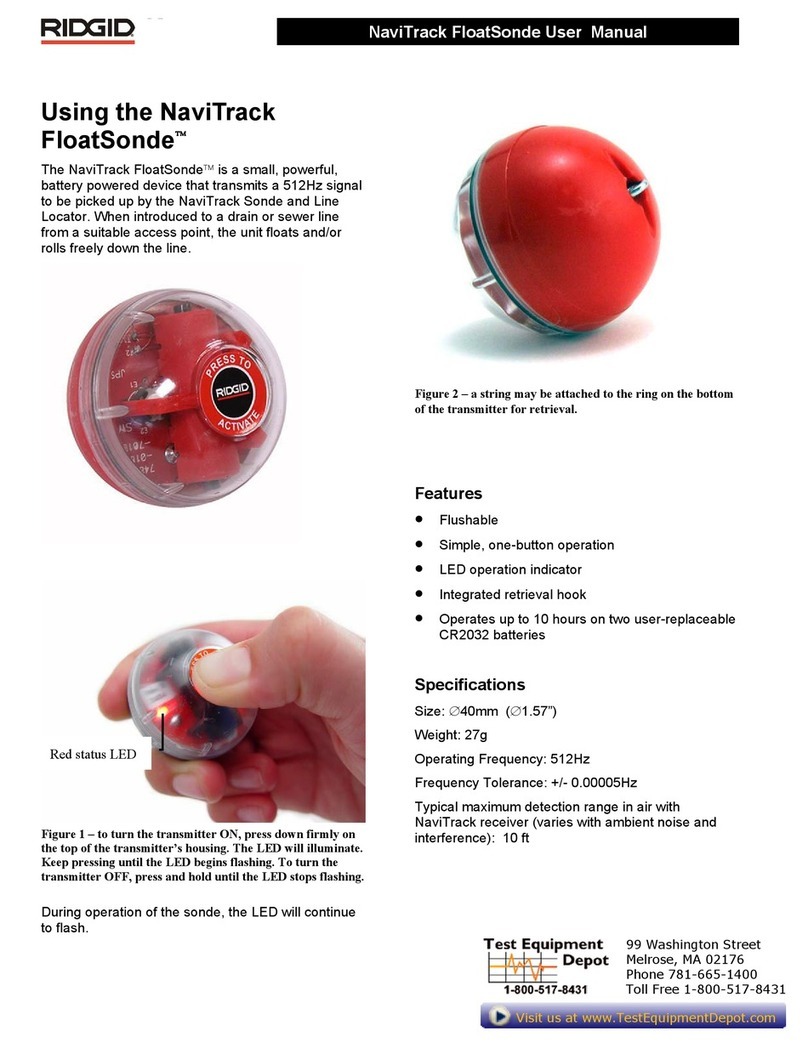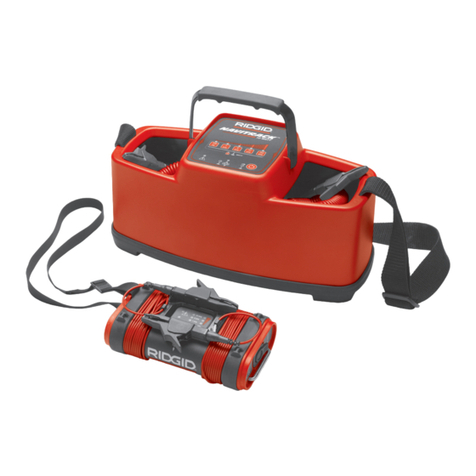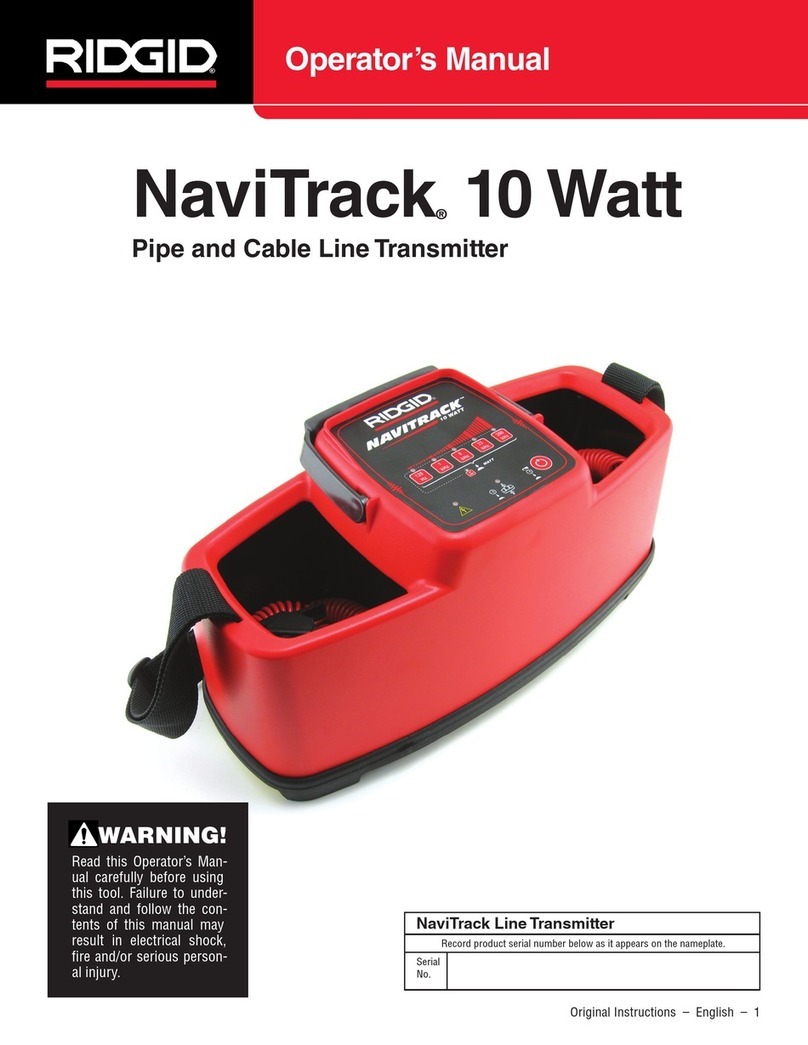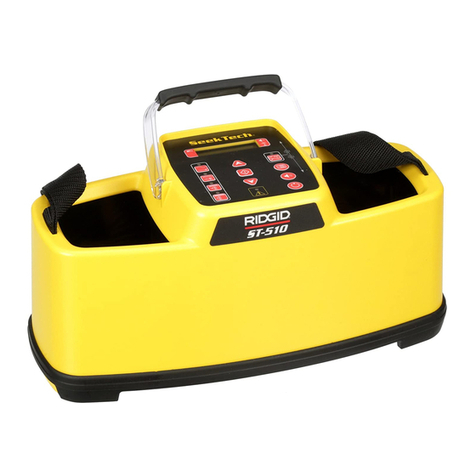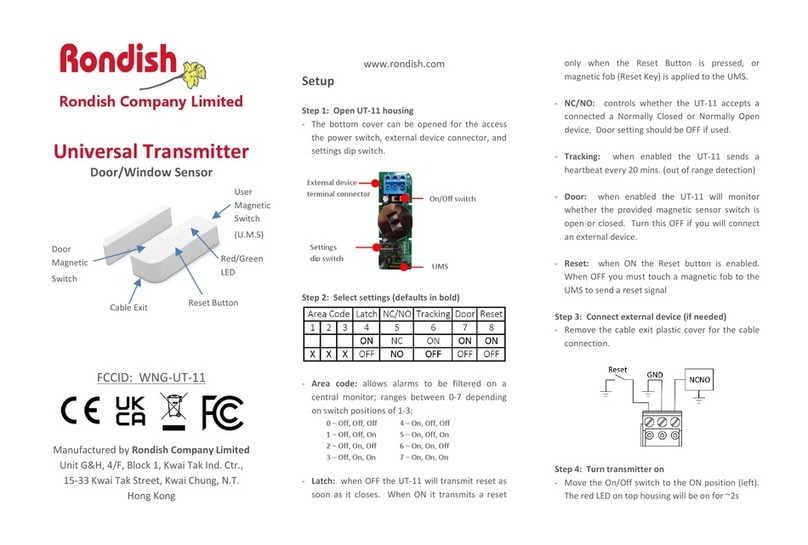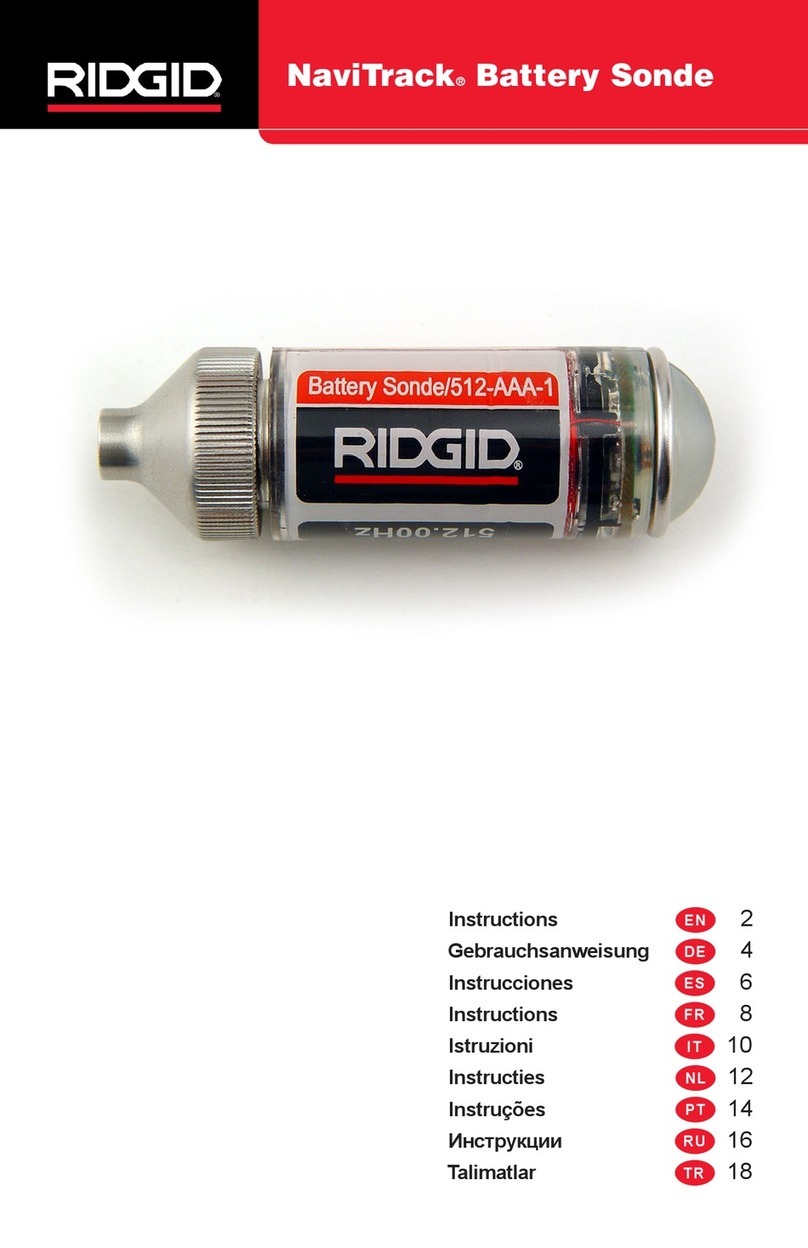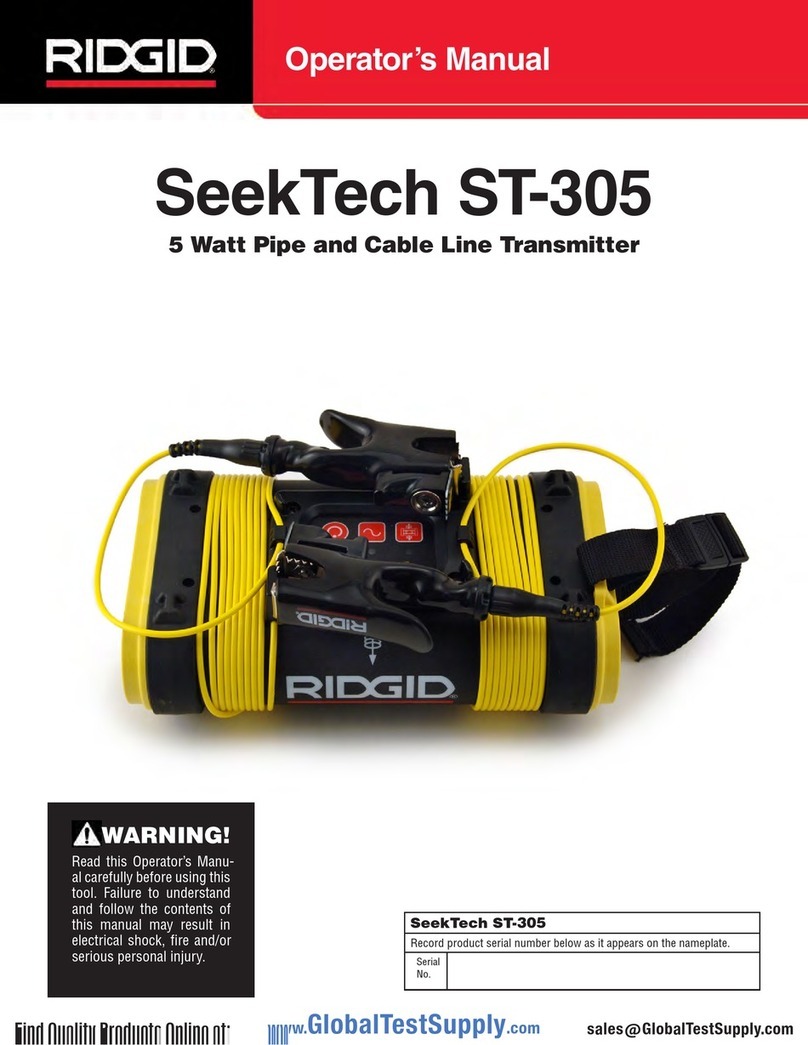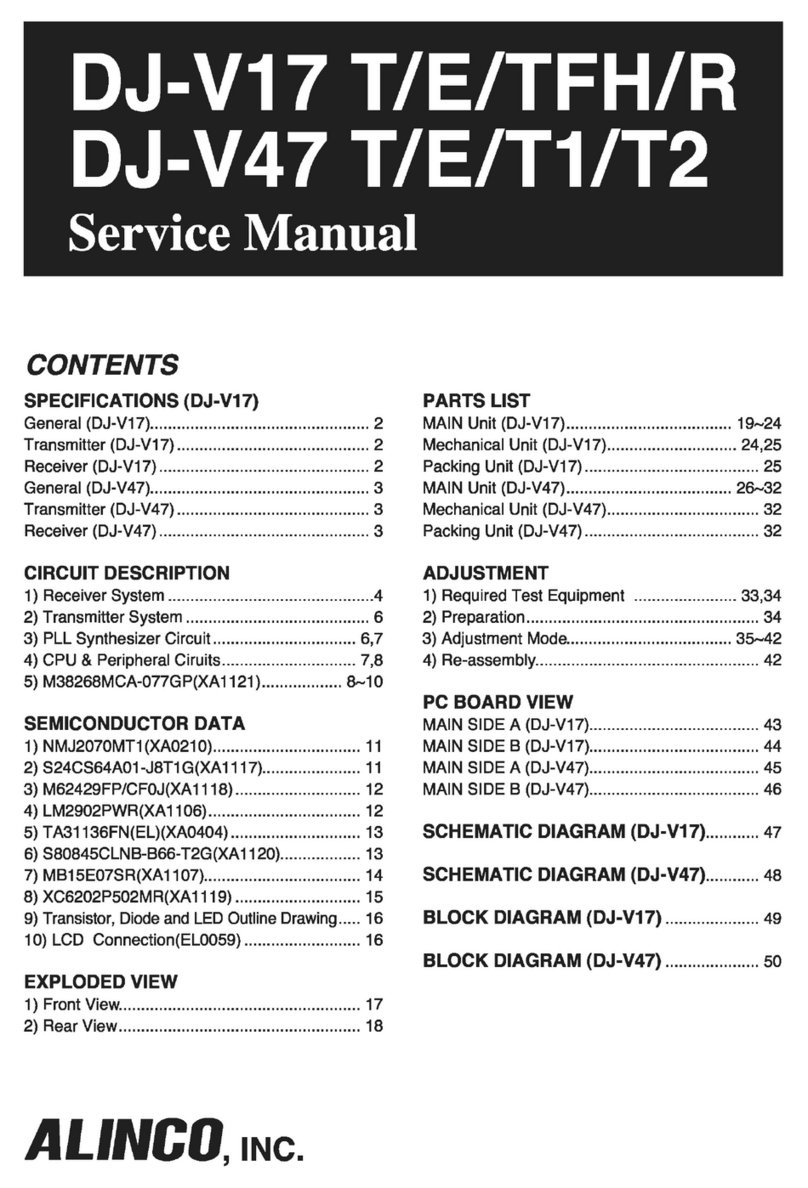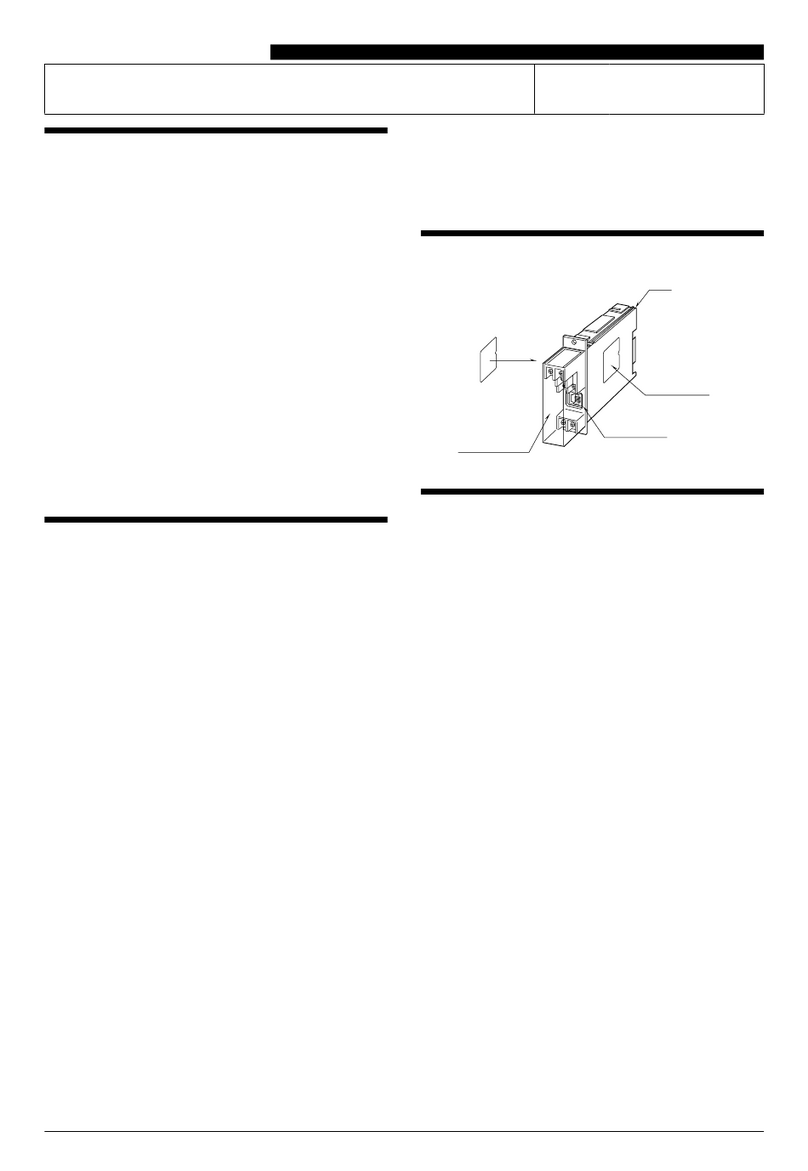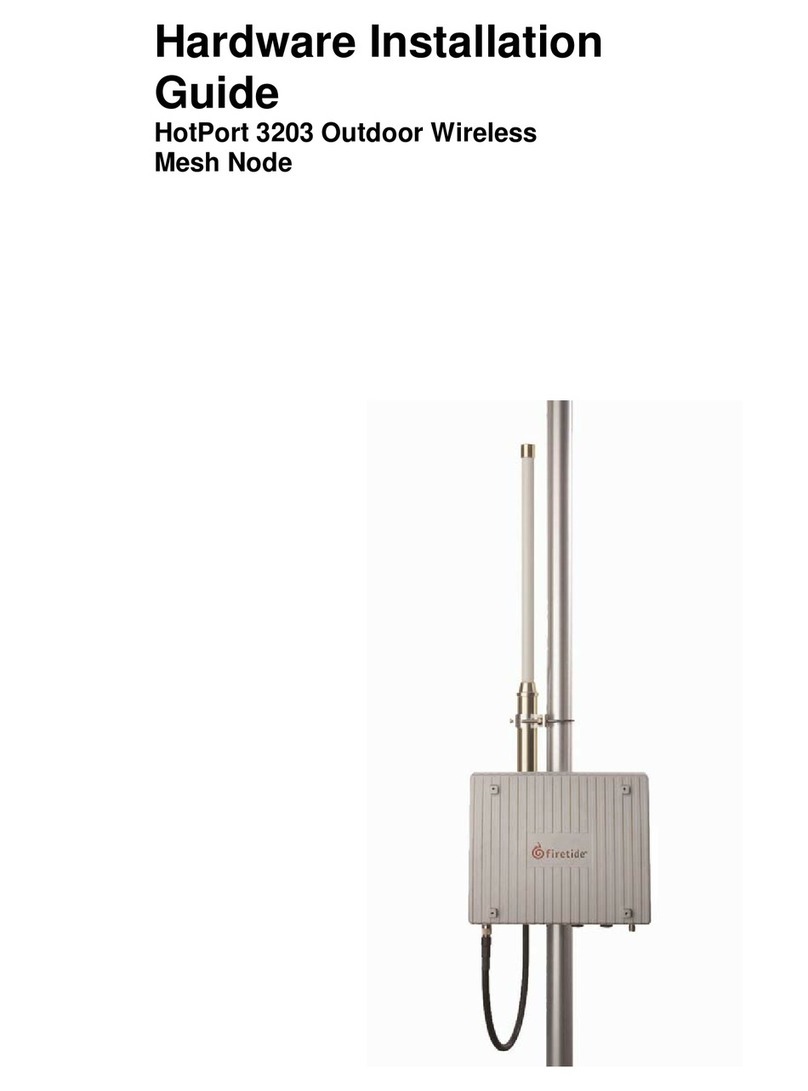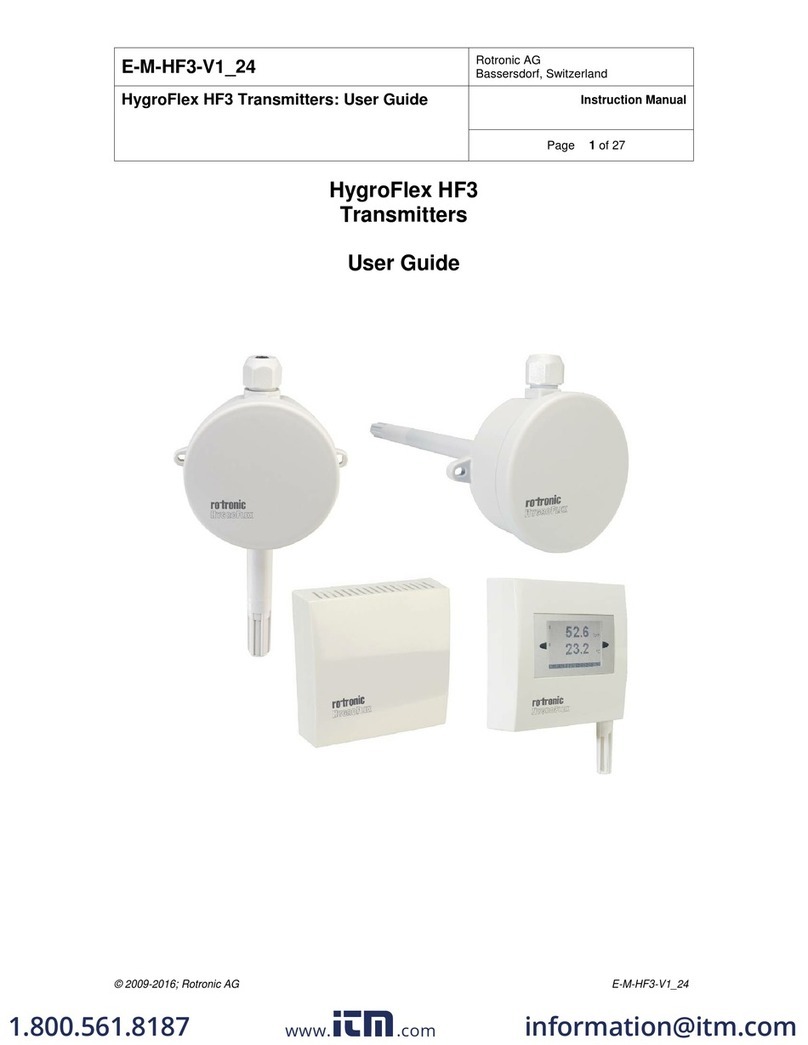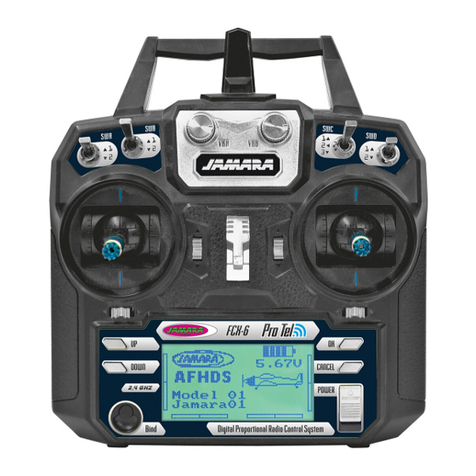
4 – English
• Disconnect the plug from the power source and/or
the battery pack from the equipment before making
adjustments, changing accessories, or storing� Pre-
ventive safety measures reduce the risk of injury�
• Store idle equipment out of the reach of children
and do not allow persons unfamiliar with the equip-
ment or these instructions to operate the equipment�
Equipment can be dangerous in the hands of untrained
users�
• Maintain equipment� Check for misalignment or bind-
ing of moving parts, missing parts, breakage of parts,
and any other condition that may affect the equipment’s
operation� If damaged, have the equipment repaired be-
fore use� Many accidents are caused by poorly main-
tained equipment�
• Use the equipment and accessories in accordance
with these instructions; taking into account the
working conditions and the work to be performed�
Use of the equipment for operations different from those
intended could result in a hazardous situation�
• Use only accessories that are recommended by the
manufacturer for your equipment� Accessories that
may be suitable for one piece of equipment may become
hazardous when used with other equipment�
• Keep handles dry, clean, and free from oil and grease�
This allows for better control of the equipment�
Service
• Have your equipment serviced by a qualified repair
person using only identical replacement parts� This
will ensure that the safety of the equipment is maintained�
Specic Safety Information
WARNING
This section contains important safety information that
is specic to the rM200. Read these precautions careful-
ly before using the rM200 to reduce the risk of electrical
shock, re, or other serious personal injury.
SAVE ALL WARNINGS AND INSTRUCTIONS
FOR FUTURE REFERENCE!
Keep this manual with the rM200 for use by the operator�
SeeSnake Max rM200 Safety
• An improperly grounded electrical outlet can cause
electrical shock and/or severely damage equipment�
Always check work area for a properly grounded elec-
trical outlet� Presence of a three-prong or GFCI outlet
does not ensure that the outlet is properly grounded� If in
doubt, have the outlet inspected by a licensed electrician�
• Do not operate this equipment if operator or rM200
is standing in water� Operating the rM200 while in
water increases the risk of electrical shock�
• The rM200 system camera and push cable are water-
proof� The camera control unit (CCU) and other electri-
cal equipment and connections are not waterproof� To
decrease the risk of electrical shock, do not expose the
equipment to water or rain�
• Do not use where a danger of high voltage contact is
present� The equipment is not designed to provide high
voltage protection and isolation�
• Read and understand this operator’s manual, the
CCU’s operator’s manual and the instructions for
any other equipment in use before operating the
SeeSnake rM200 System� Failure to follow all instruc-
tion may result in property damage and/or serious per-
sonal injury�
• Always use appropriate personal protective equip-
ment when handling and using equipment in drains�
Drains may contain chemicals, bacteria, and other sub-
stances that may be toxic, infectious, cause burns or
other issues� Appropriate personal protective equipment
always includes safety glasses and may include drain
cleaning gloves or mitts, latex or rubber gloves, face
shields, goggles, protective clothing, respirators, and
steel toed footwear�
• If using drain cleaning equipment and drain inspec-
tion equipment at the same time, wear RIDGID drain
cleaning gloves� Never grasp the rotating drain clean-
ing cable with anything else, including other gloves or a
rag which can become wrapped around the cable and
cause hand injuries� Only wear latex or rubber gloves
under RIDGID drain cleaner gloves� Do not use dam-
aged drain cleaning gloves�
• Practice good hygiene� Use hot, soapy water to wash
hands and other body parts exposed to drain contents
after handling or using drain inspection equipment� To
prevent contamination from toxic or infectious material,
do not eat or smoke while operating or handling drain
inspection equipment�
The information supplied with this product cannot
cover all possible conditions and situations that may
occur, and should be used in conjunction with appro-
priate training, sound judgment, and good work prac-
tices� These factors cannot be built into the product,
but must be supplied by the operator�
The EC Declaration of Conformity (890-011-320�10) will ac-
company this manual as a separate booklet when required�
